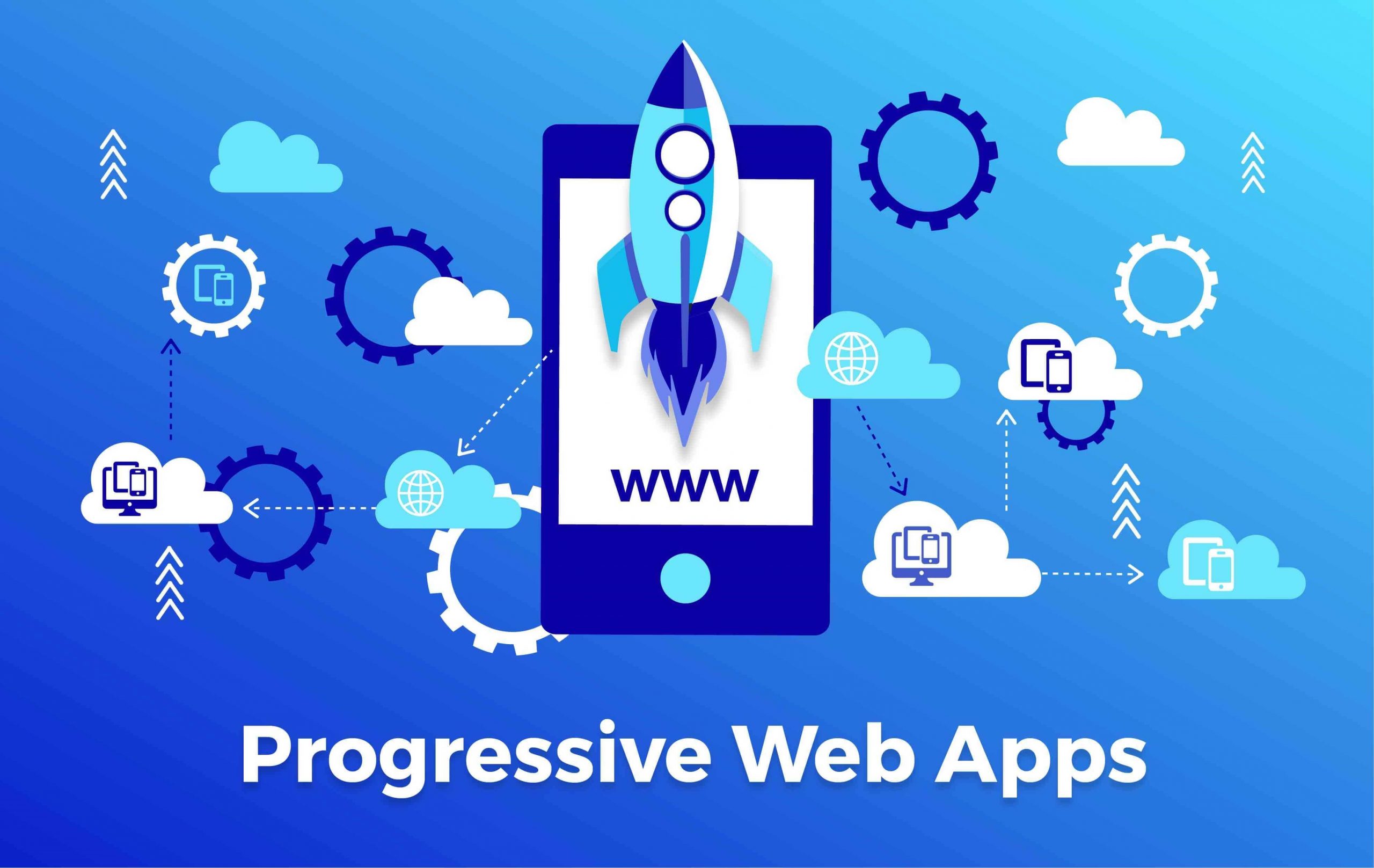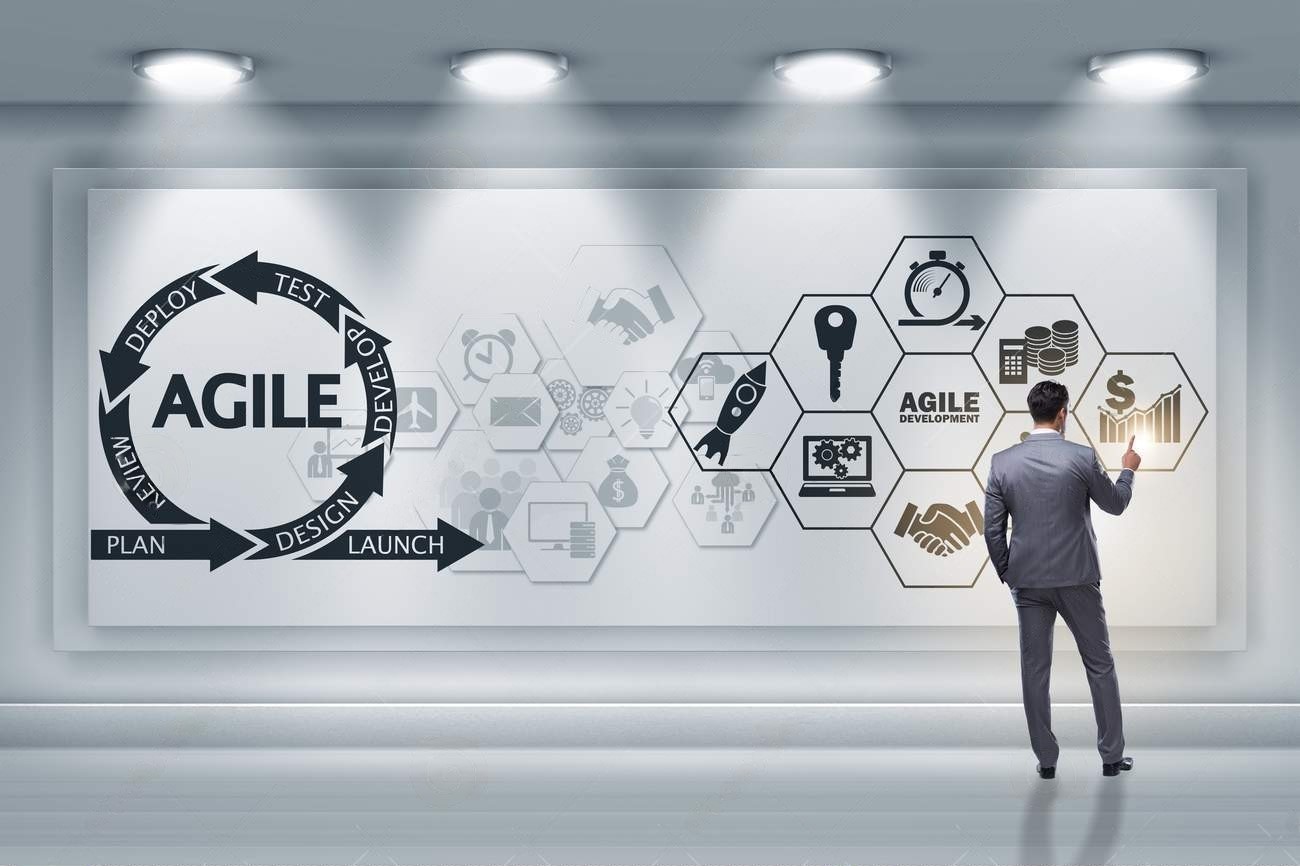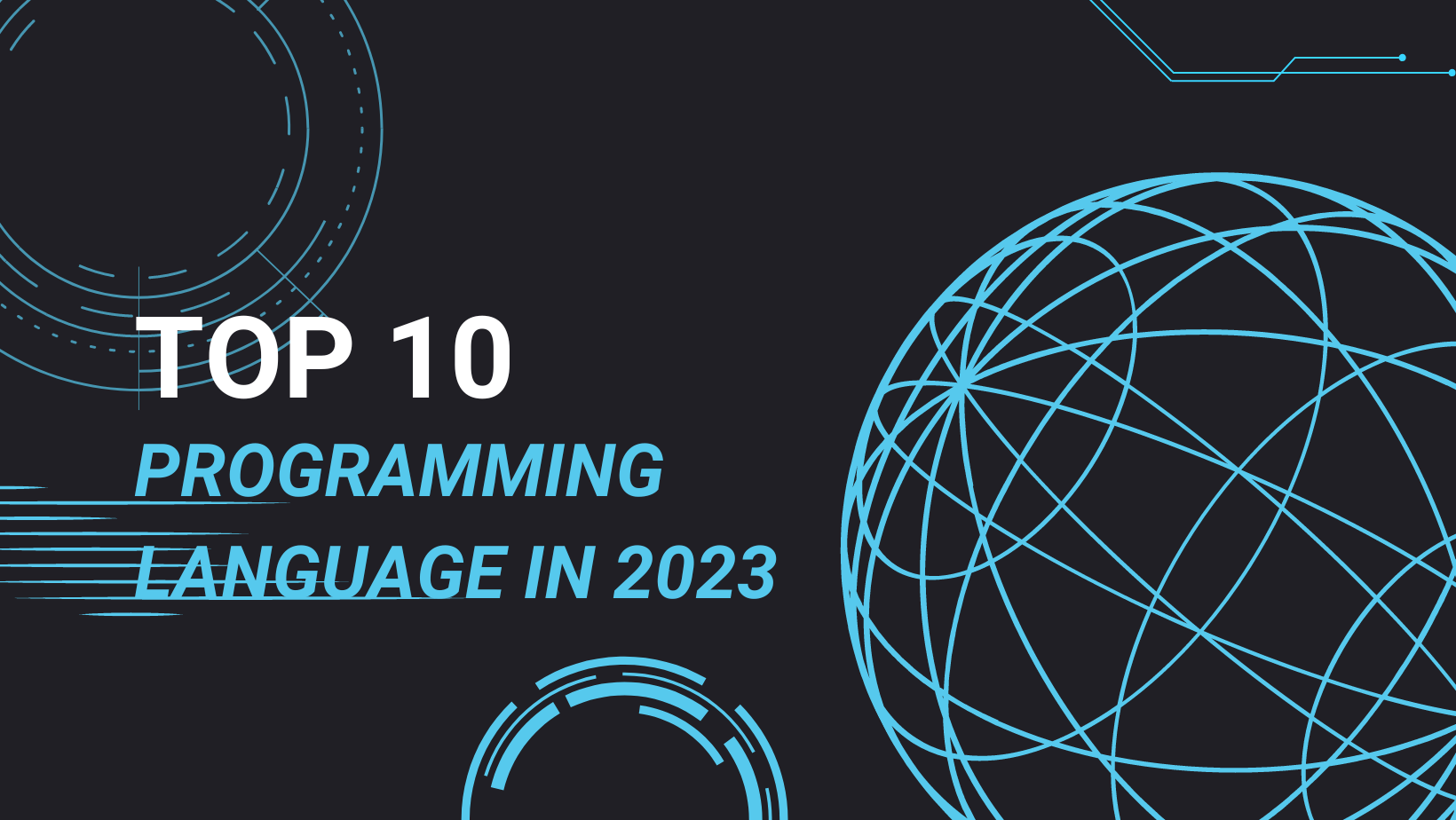The Future of IT Operations: How Automation is Changing the Game

In today’s fast-paced world, technology plays a crucial role in every aspect of our lives. From education to healthcare, technology has become an integral part of every industry. With the growing demand for technology, IT automation has gained immense popularity in recent years. IT automation is the process of automating IT-related tasks and processes to improve efficiency and reduce errors. In this blog, we will explore what IT automation is, how it works, and its benefits.
What is IT Automation?
IT automation refers to the use of technology to automate IT-related tasks and processes. It involves the use of software tools, scripts, and workflows to automate repetitive and time-consuming IT tasks such as network monitoring, software updates, and system backups. IT automation helps IT teams to streamline their workflows and focus on high-value tasks that require human intervention. By automating IT tasks, organizations can improve efficiency, reduce errors, increase productivity, save costs, and improve customer satisfaction.
There are many different types of IT automation, including:
- Infrastructure automation: This type of automation automates the provisioning, configuration, and management of IT infrastructure, such as servers, networks, and storage.
- Application automation: This type of automation automates the deployment, testing, and maintenance of applications.
- Security automation: This type of automation automates the security of IT systems, such as vulnerability scanning and patching.
- Business process automation: This type of automation automates business processes, such as order processing and customer service.
Examples of IT Automation
There are numerous examples of IT automation in various industries. Some of the common examples of IT automation include:
- Server provisioning: IT automation can be used to automate server provisioning, including installing operating systems, configuring network settings, and installing required software.
- Network monitoring: IT automation can be used to automate network monitoring tasks, including monitoring network performance, identifying network issues, and notifying IT teams about potential problems.
- Software deployment: IT automation can be used to automate software deployment tasks, including deploying software updates, patches, and new applications across multiple devices.
- Security management: IT automation can be used to automate security management tasks, including managing user access rights, implementing security policies, and detecting and responding to security threats.
- Backup and recovery: IT automation can be used to automate backup and recovery tasks, including scheduling regular backups, backing up data to off-site locations, and restoring data in the event of data loss.
- Data centre automation: IT automation can be used to automate data centre tasks, including managing servers, storage devices, and network infrastructure, as well as automating data centre workflows and processes.
- DevOps automation: IT automation can be used to automate DevOps tasks, including building, testing, and deploying applications, as well as automating the release management process.
Process of IT Automation
IT automation involves a series of steps to automate IT tasks and processes. The following are the steps involved in the IT automation process:
- Identify the tasks to be automated: The first step in the IT automation process is to identify the tasks that can be automated. This involves analysing the IT tasks and processes to determine which tasks are repetitive and time-consuming.
- Select the automation tools: The next step is to select the automation tools required to automate the identified tasks. This involves evaluating various automation tools available in the market and selecting the ones that best meet the organization’s requirements.
- Develop automation workflows: Once the automation tools are selected, the next step is to develop automation workflows. Automation workflows are a series of steps that define how the automation tools will be used to automate the identified tasks.
- Test and deploy automation workflows: After developing automation workflows, the next step is to test and deploy them in the production environment. This involves testing the automation workflows in a controlled environment and making any necessary changes before deploying them in the production environment.
- Monitor and optimize automation workflows: The final step is to monitor and optimize the automation workflows. This involves tracking the performance of the automation workflows and making any necessary changes to improve their efficiency.
Benefits of IT Automation
IT automation offers numerous benefits to organizations. The following are some of the benefits of IT automation:
- Improved efficiency: IT automation helps to improve the efficiency of IT teams by automating repetitive and time-consuming tasks. This allows IT teams to focus on high-value tasks that require human intervention.
- Reduced errors: IT automation reduces the risk of human errors by automating IT tasks and processes. This helps to improve the accuracy of IT-related tasks and reduces the risk of downtime and other IT-related issues.
- Increased productivity: IT automation helps to increase the productivity of IT teams by reducing the time required to perform IT-related tasks. This allows IT teams to accomplish more in less time.
- Cost savings: IT automation helps to reduce the cost of IT-related tasks by reducing the time and resources required to perform them. This helps organizations to save money and allocate their resources to other areas.
- Improved customer satisfaction: IT automation helps to improve customer satisfaction by reducing the time required to resolve IT-related issues. This allows organizations to provide better service to their customers and improve their overall satisfaction.
How 4C Consulting Technology Division helps you with IT Automation?
Our process outsourcing solutions employ strategic approaches to handle your software development and automation needs by using cutting-edge technology. We offer our clients the flexibility to keep up with the changing dynamics of the digital world. If you are looking for an IT partner for digital transformation and enterprise modernisation, 4C is an ideal partner for you. Connect Now









